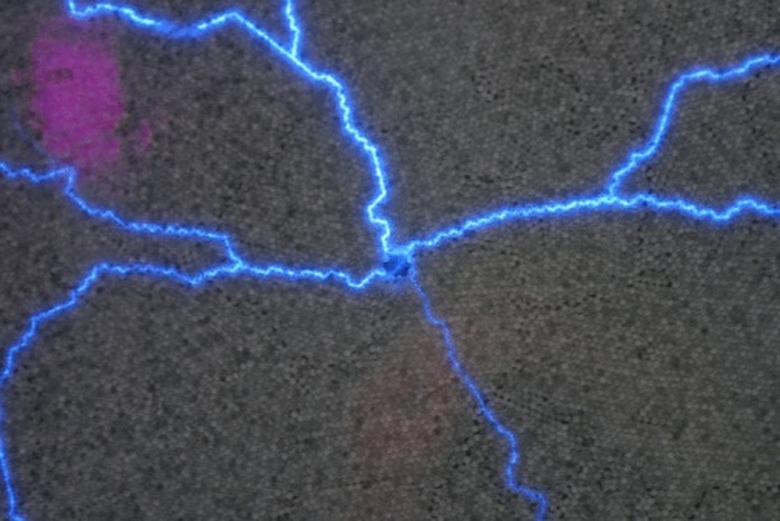What Are The Properties And Characteristics Of Static Electricity?
Static electricity is what makes us unexpectedly feel a shock on our fingertips when we touch something that has a buildup of an electric charge on it. It is also what makes our hair stand up during dry weather and woolen garments crackle when they come out of a hot dryer. There are a variety of components, causes and eliminators of static electricity.
Atoms
Atoms
Atoms are what everything is made of. It is the smallest particle of matter you can spot when observing it under a microscope. Within the atom, there is its center called the nucleus. The nucleus carries particles known as protons and neutrons and going around the nucleus are particles called electrons. Each of these particles has their own electrical charge, the protons have a positive charge, the electrons have a negative charge and neutrons have no charge. Static electricity arises when there is an imbalance of positive and negative charges.
Insulators and Conductors
Insulators and Conductors
The electron particles that orbit around the nucleus containing the protons and neutrons can actually transfer from one atom to another. Certain objects will conserve electrons better and they are called insulators. Other objects, like most metals, loosely hold their electrons and they are called conductors. For instance when you touch a doorknob and your finger is zapped, this is the product of electrons transferring from the metal to your finger, thereby creating the charge.
Positive and Negative Charges
Positive and Negative Charges
Atoms become imbalanced by the loss or gain of atoms. When atoms loose these electrons, they are positively charged; when they gain electrons they are negatively charged. Once an atom stops being considered a neutral atom by either becoming a positive or negative atom, this creates static electricity. The same type of charge will repel itself while opposite charges will attract. An example of same charges repelling each other is when your hair stands up after it's been rubbed with a balloon. Through the transfer of electrons from your hair to the balloon, each of your hairs becomes positively charged leading to them repelling each other by standing up and away from each other.
Reducing Static Electricity
Reducing Static Electricity
Static electricity is common during dry weather because there is less moisture in the air to contain the transfer of electrons. Using humidifiers, opening windows to allow fresh air circulation and utilizing air ionizers are all ways to reduce static electricity.
Cite This Article
MLA
Casillas, Larisa. "What Are The Properties And Characteristics Of Static Electricity?" sciencing.com, https://www.sciencing.com/properties-characteristics-static-electricity-8595139/. 24 April 2017.
APA
Casillas, Larisa. (2017, April 24). What Are The Properties And Characteristics Of Static Electricity?. sciencing.com. Retrieved from https://www.sciencing.com/properties-characteristics-static-electricity-8595139/
Chicago
Casillas, Larisa. What Are The Properties And Characteristics Of Static Electricity? last modified March 24, 2022. https://www.sciencing.com/properties-characteristics-static-electricity-8595139/
